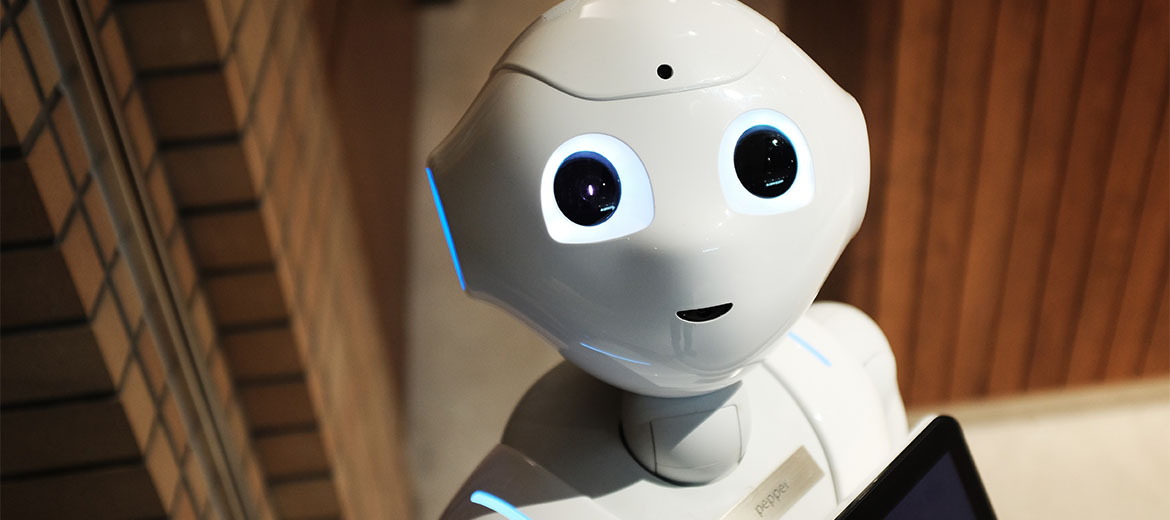If your company has any kind of online customer service presence, you probably should use bots. Here’s why.
Chatbots remove friction from interactions
Customer service automation has moved beyond the dark ages of Interactive Voice Response, infamous for the disconcertingly cheerful tagline, “I’m sorry, I didn’t catch that.” By contrast, today’s chatbots…
• Can understand natural texting language
• Message instantly and directly with customers, any time, any day
• May be programmed to handle any FAQ
• Route more complex interactions directly to the most relevant team of agents
In fact, 80 percent of customer service interactions only require simple answers and functions, such as checking the stock of an item or making minor account adjustments, and 90 percent of consumers prefer messaging customer service over calling. Customers greatly appreciate the immediacy and flexibility of messaging with chatbots. That appreciation shows in reduced churn, increased loyalty, and increased sales.
If you’d like to see a chatbot in action, head on over to mParticle for a few seconds. Right now it’s offering me a copy of their Complete Guide to Customer Data Platforms and agent support. Don’t mind if I do…
Everyone wins: chatbots support agents and customers
This means your customers, your agents, and your business. Not only will your customers enjoy speedy solutions, your agents will have much better jobs, and your business will see more black in that bottom line. Chatbots handle the steady drip (or deluge) of low level tasks, freeing agents to focus their energy on interactions that require problem-solving and empathy. On top of that, the buffer provided by messaging allows them to build relationships with their coworkers. Agent attrition will decrease as agents find their jobs more enjoyable.
It’s important to point out that while chatbots do not take the place of agents, they assist agents to such a degree that as companies scale, far fewer additional agents are needed to pick up the slack.
Let’s look at Amtrak as a case study. Since Amtrak introduced their advanced AI virtual assistant bot, Julie, in 2012, they have seen…
• An 800 percent return on investment
• Bookings through chatbots generate 30 percent more revenue
• Savings of $1 million in customer service expenses in a single year
Amtrak.com gets around 375,000 visitors each day and has 20,000 customer care employees to serve 30 million passengers annually. Julie herself answers over 5 million questions per year. Even more impressive, her usage is reported as growing 50 percent year over year. In terms of numbers of customers served, she is far and away Amtrak’s best customer service rep.
Chatbots use machine learning to improve customer experience
Chatbots can either be programmed to perform the tasks assigned to them, or they can be equipped with additional machine learning capabilities. This would increase their value to the company over time as they gather and analyze information from each interaction to help inform future interactions.
Chatbots are more than just customer service
Chatbots can function as personal assistants to your agents and management team. They may…
• Offer reminders and relevant news feeds
• Schedule meetings and send emails
• Give financial advice, weather updates, help shop for groceries, and much more
They are extremely customizable. If it’s a mindless task, a bot can handle it.
Chatbots provide end-to-end support for the customer journey
Bots are excellent at caring for customers during each step of their experience with your business. Businesses interested in developing their chatbots with this kind of complete customer care in mind are generally successful with piecemeal rollouts – small features released over time and continuously tested and improved. For example, handy development microservice projects may include:
• A widget for customer info
• Order status
• Payments
• A welcome message bot to greet and offer assistance to customers in a chat as they browse your site
• Care verification.
Avoiding the uncanny valley and creepy AI
While customers are open to chatting with bots, they need to know when they’re doing so. The simple solution, of course, is to give the bot a name that identifies them as such, like Amtrak’s “Julie, Your Virtual Assistant” or “AddressBot,” and program them to say they’re bots when chats begin. If customers become aware too late that they’ve just wasted a perfectly good casual joke on a bot, their good feelings tend to go out the window. Bots’ effectiveness is not in their ability to pass for human, at which they achieve creepiness at best, but in their expediency in simple functions, at which they excel.
In conclusion
Given that customers have access to all information at all times, competitive businesses aim to know both themselves and their relationships with individual customers as well as possible. Bots can help by taking on the boring stuff, which will continue to increase in volume and importance in all industries for the foreseeable future.

